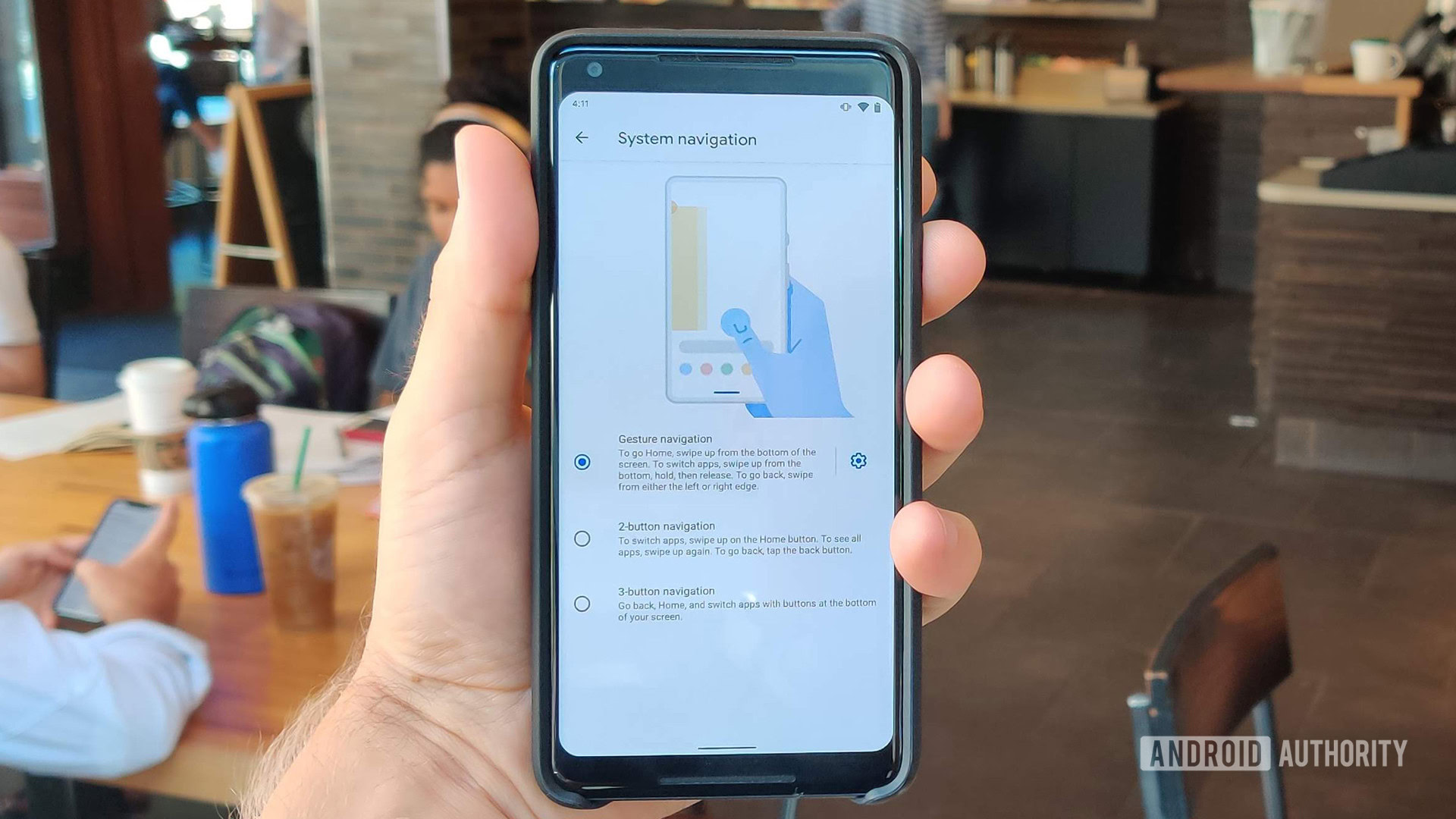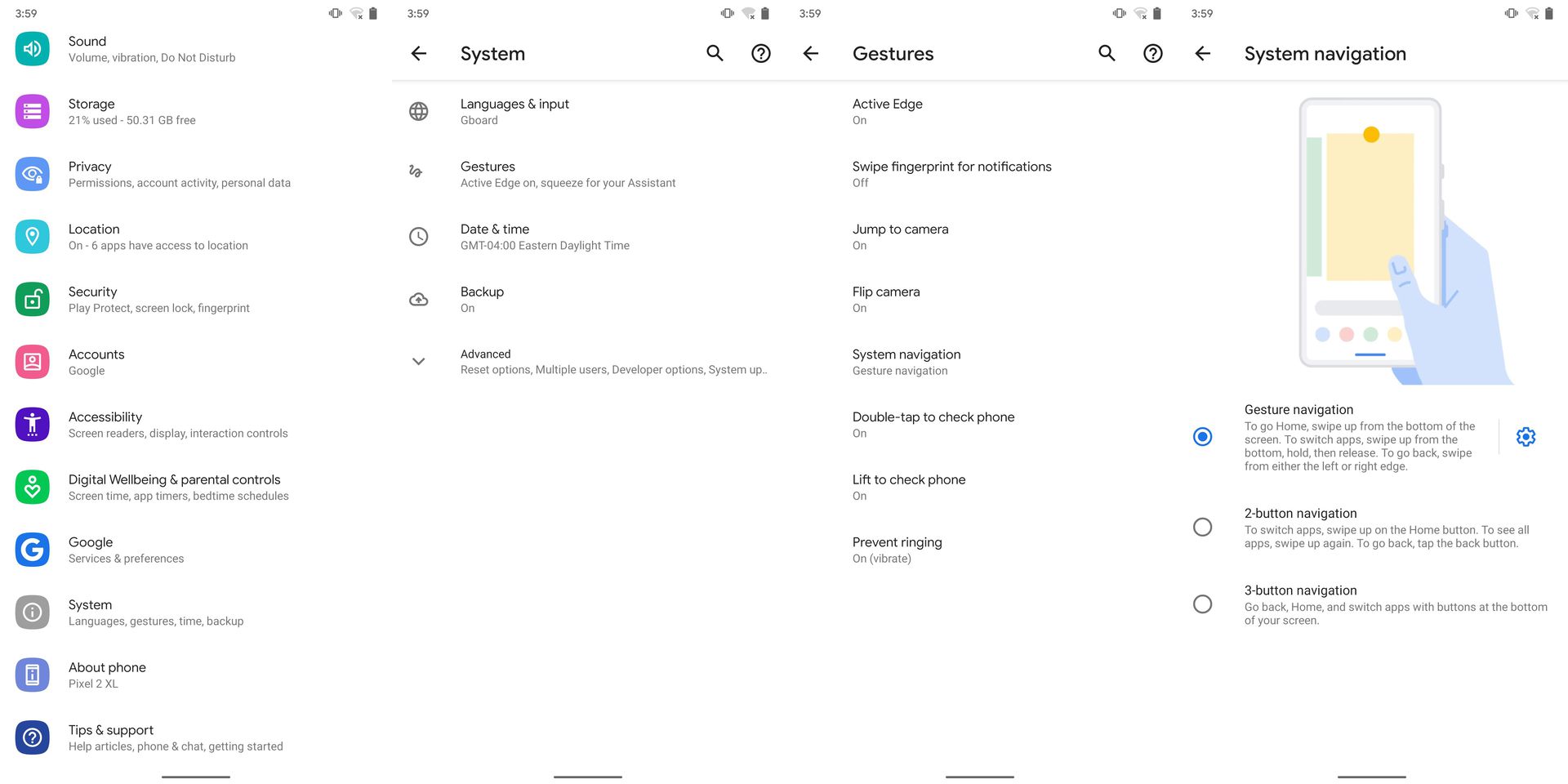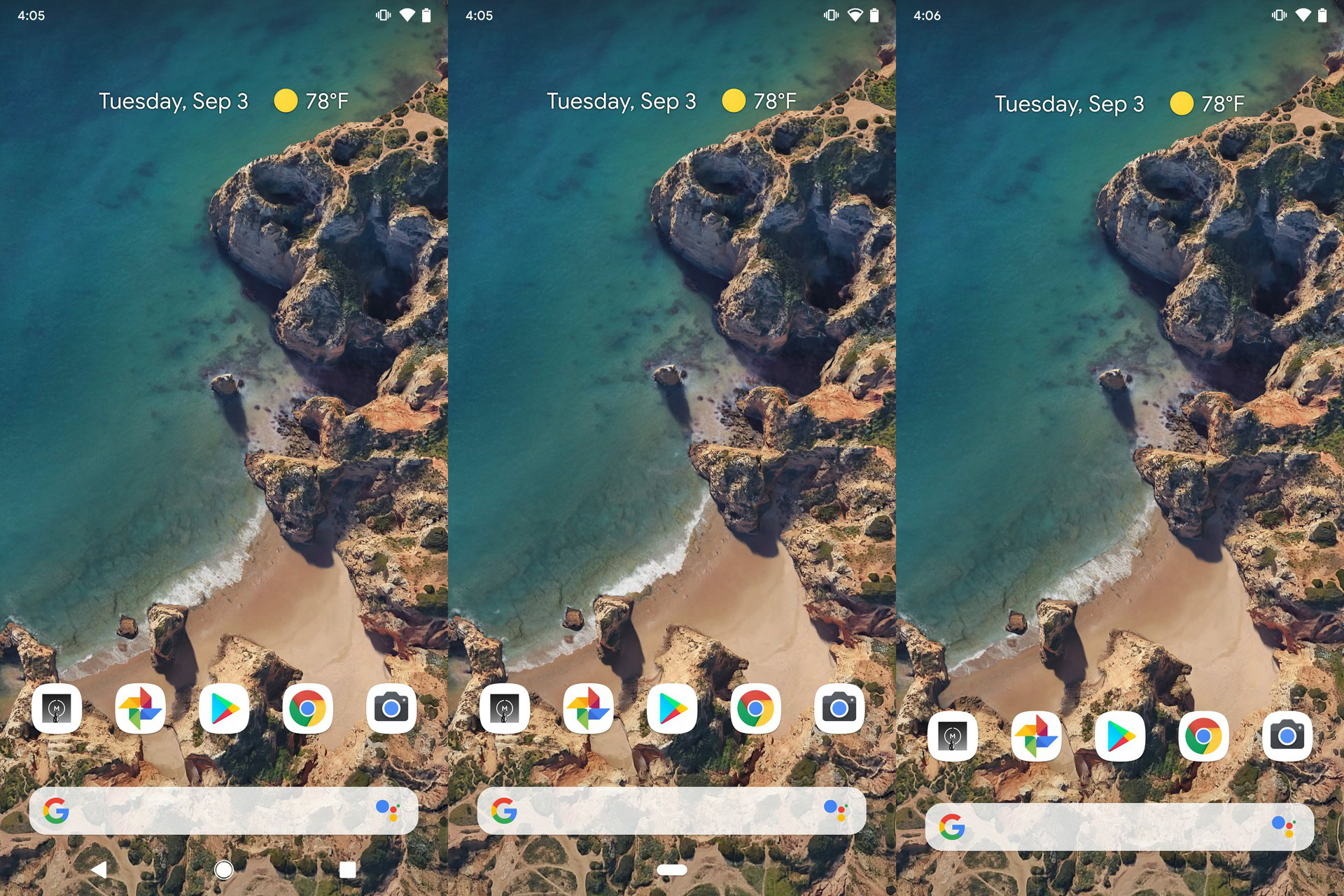Affiliate links on Android Authority may earn us a commission. Learn more.
Android 10 gestures: Everything you need to know

The release of Android 10 in 2019 included plenty of new features and improvements for Google’s mobile operating system. Perhaps the most controversial new additions are the Android 10 gestures. These control features completely replaced the older button design. One Android 10 gesture even lets you launch Google Assistant.
The use of gesture-based controls are supposed to make it easier to navigate through Android 10’s screens and menus, particularly for phones that have edge-to-edge displays.
Read more: Android 10 release history
Here’s a quick rundown of everything you need to know about the Android 10 gestures, including how to enable them on your phone, how to use them to move through the OS, and more.
How to turn on Android 10 gesture controls

While getting used to the Android 10 gesture controls may take a little while for some people, actually enabling them in the OS is pretty simple.
- First, tap on the Android 10 Settings logo.
- Then, scroll down through the menu options until you reach, and tap on, System.
- Then, tap on the Gestures selection in the menu
- Then go down and tap on the System Navigation option.

- You should then see three options; the older 3-button navigation selection at the bottom, the more recent 2-button navigation in the middle and the new Gesture Navigation on top. (You can see examples of what each of these selections look like in the images above). Tap on the Gesture Navigation selection to enable that particular option.
- If you decide that gesture controls are not for you, you can repeat the same steps above and then tap on either the 3-button or 2-button navigation selections.
List of Android 10 gesture controls
So now that you have ditched the more familiar button controls, let’s take a look at how you can use gesture controls to go through Android 10’s screens.
- Home: Just swipe up from the bottom of the screen and you will be taken to your Home screen. This works from any point in Android 10.
- Back: To go back to your previous page, or to close an app or folder, just swipe either on the left or the right edge of your screen.
- Switching apps: If you want to switch from one app to a previously used app, swipe up and hold, but then slide your finger either left or right. This should allow you to switch quickly between any open apps.
- Multitasking page: You can check out the multitasking page in Android 10, which shows you all of your recently accessed apps, by swiping up, but then pressing down on the screen for a moment.
- Google Assistant: With no more Home button, accessing Google Assistant is handed with Android 10 gesture controls by swiping down to either the left bottom corner or the right bottom corner of your screen.
Accessing app menus in Android 10
If you are using an app in Android 10 with the gesture controls enabled, you can still access the standard menu for these apps on the left. One way is to swipe on the screen from the left side with two fingers to bring up the menu. The other way, which is more useful for one-handed phone use, lets you hold down on the edge of the left screen to cause the menu to partially pop out, and then it can be fully accessed by swiping on that menu.
Android 10 gesture features in other phones and launchers
The Android 10 gesture control features should work on phones that install stock versions of the OS. However, other phones that have their own skins, like OneUI from Samsung, will continue to use their own ways to navigate through menus.
That’s all you need to know about the Android 10 gesture controls.